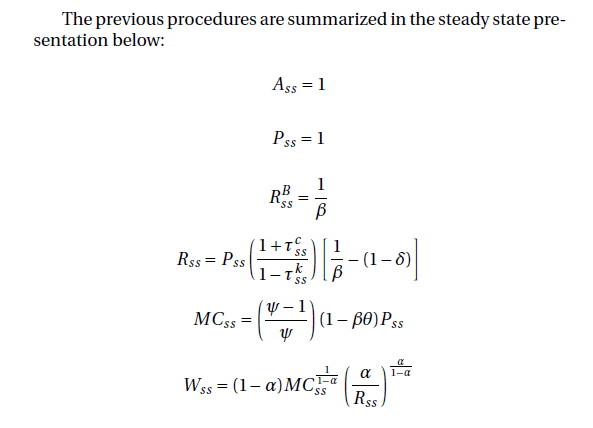### Understanding Undergraduate Student Loan Limits: What You Need to Know for Your College Journey
#### Undergraduate Student Loan LimitsWhen it comes to financing your college education, understanding **undergraduate student loan limits** is crucial. The……
#### Undergraduate Student Loan Limits
When it comes to financing your college education, understanding **undergraduate student loan limits** is crucial. These limits determine how much money you can borrow through federal student loans, which can significantly impact your financial planning and overall college experience. In this article, we will delve into the details of these limits, the types of loans available, and tips on how to manage your student debt effectively.
#### Types of Federal Student Loans
There are primarily two types of federal student loans available for undergraduate students: Direct Subsidized Loans and Direct Unsubsidized Loans.
- **Direct Subsidized Loans** are need-based loans offered to undergraduate students. The government pays the interest on these loans while you are enrolled in school at least half-time, during the grace period, and during deferment periods. The maximum amount you can borrow in subsidized loans is determined by your financial need and your year in school.
- **Direct Unsubsidized Loans**, on the other hand, are available to all undergraduate students regardless of financial need. However, you are responsible for paying the interest on these loans from the moment they are disbursed. The limits for unsubsidized loans are higher than those for subsidized loans and are also based on your year in school.
#### Loan Limits by Year in School

The **undergraduate student loan limits** vary depending on your academic year:
- **Freshman (0-29 credits)**: The maximum amount you can borrow is $5,500, with a maximum of $3,500 in subsidized loans.
- **Sophomore (30-59 credits)**: The limit increases to $6,500, with a maximum of $4,500 in subsidized loans.
- **Junior and Senior (60+ credits)**: The limit is $7,500, with a maximum of $5,500 in subsidized loans.
In total, the maximum amount an undergraduate student can borrow through federal loans is $31,000, with no more than $23,000 in subsidized loans.

#### Managing Your Student Loans
Understanding the **undergraduate student loan limits** is just the beginning. Once you have borrowed money for your education, managing that debt becomes essential. Here are some tips to help you navigate your student loans:
1. **Budget Wisely**: Create a budget that includes your loan repayments. This will help you understand your financial situation better and prepare for life after graduation.
2. **Consider Repayment Options**: Federal student loans offer various repayment plans, including income-driven repayment plans. Research these options to find the one that fits your financial situation best.
3. **Stay Informed**: Keep track of your loan balance and interest rates. This knowledge can empower you to make informed decisions about repayment.

4. **Seek Financial Aid**: Don't hesitate to apply for scholarships and grants, which can reduce the amount you need to borrow.
5. **Communicate with Your Loan Servicer**: If you encounter difficulties in repayment, reach out to your loan servicer. They can provide assistance and guide you through options like deferment or forbearance.
#### Conclusion
In summary, understanding **undergraduate student loan limits** is vital for any student embarking on their college journey. By familiarizing yourself with the types of loans available, the limits based on your academic year, and effective management strategies, you can take control of your financial future and minimize the burden of student debt. Remember, planning ahead and making informed choices can set you on a path to success both during and after your college years.